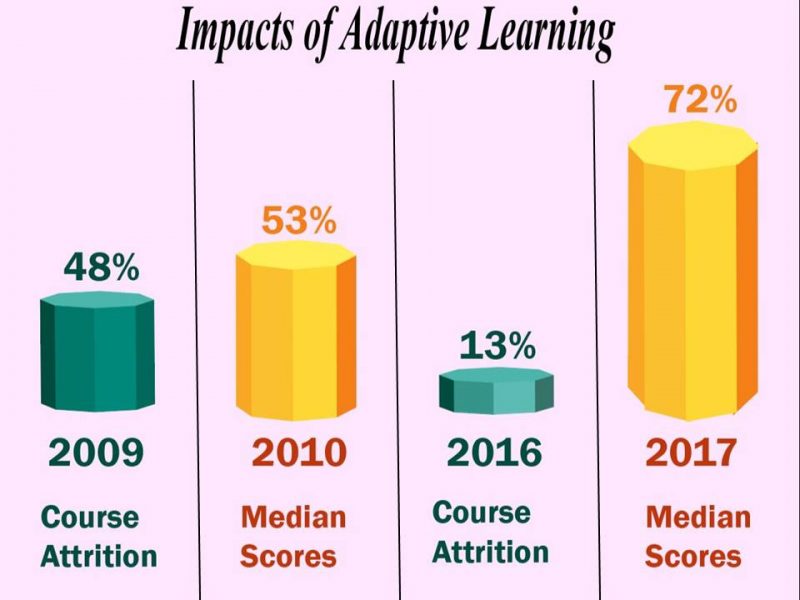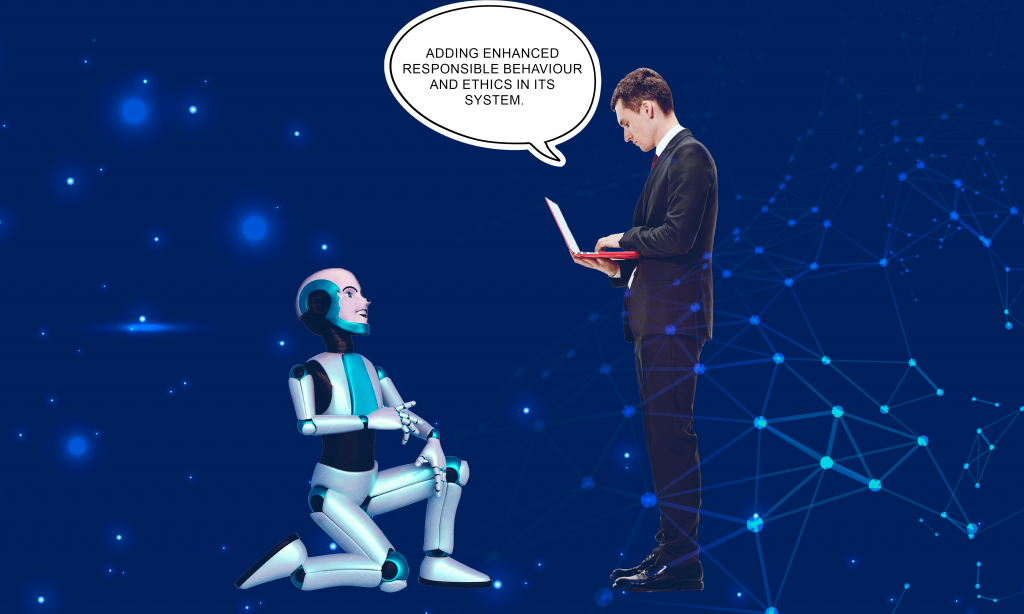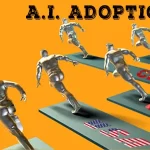Implementing Adaptive Learning
As mentioned in our previous article, Adaptive Learning systems provide personalized learning experience for students by first adjusting to their learning styles and paces. Following this, instructional designers perform unique course sequencing and evaluation methods. In this way, educators can secure equitable learning on a scale of 100-200 pupils per class. This article explains how to start implementing Adaptive Learning in the course curriculum.
-
Designed Adaptivity
Using this method a teacher designs the course, sequences its components, and includes assessments to guide learners through the learning process. The system operates based on the instructor’s design and accordingly offers feedback to students based on a variety of parameters called the Adaptivity Factors. To clarify, these factors have been described in-detail here.
This method tells the technology what alternative course content to offer in unique situations following the “if-this-then-that” approach. For instance, if a student is facing difficulty grasping the concept of Bubble sorting technique in Java, then the system directs them to more quizzes on coding bubble sort rather than pushing them towards the next content (i.e., selection sort).
Consequently, this method rejects linear course sequencing, provides remediation to struggling students, and brings up advanced materials for educating learners. It gives the teacher much needed agency and control over the learning process so as to ensure equity in teaching.
-
Algorithmic Adaptivity
A method in which one or more algorithms answer the following two questions:
- What previous knowledge does the learner have?
- What should they learn next?
Based on these answers, the algorithm can adjust the path and pace so that students learn the right thing at the right time. One benefit reaped from adaptive learning as emphasized on our previous blog is that it respects and utilizes learners’ prior knowledge.
One such algorithm, for instance, is Bayesian Knowledge Tracing (BKT) which measures such parameters as the probability of students demonstrating a skill correctly or incorrectly, and other such parameters.
Adaptivity Factors
In order to personalize the syllabi, adaptive learning systems take a variety of inputs about the learners. These factors help the system/educator adapt to learners’ styles and needs and these are called Adaptivity factors. Some common adaptivity factors are:
-
Performance
Measuring a learner’s accuracy over a series of tasks, sequenced in an increasing order of difficulty.
-
Content preferences
Discerning whether the student learns better with audio-visual content or prefers printed material.
-
Demographics
Collecting a learner’s background information: where the learner has grown up, their cultural background, and other such data points contribute to their prior knowledge. For instance, a learner based in the US is expected to excel in a module on US polity while a student hailing from another country might need added course material.
-
Level of knowledge
Checking the level of mastery/skill demonstrated by learners in various topics.
-
Misconceptions
Evaluating the learning prejudices or misconceptions that might be embedded in learners.
-
Behaviour
Discerning how long learners take to complete a test or what their feedback was of the same.
Education technology uses a combination of any of these adaptivity factors to readjust course sequences. For instance, a combination of Misconceptions and Demographics is chosen, and the system then tests a learner’s gaps in learning due to misconceptions, and aims to fill them by offering alternative reading lists and/or tutorials.
Since Adaptivity factors generate unique responses from each learner, they enable educators to re-route the learning experience by taking into account the learners’ experiences, instead of blindly moving forward with a set course structure.
Overall Method in which Adaptive Learning Works
The overall learning algorithm involved in Adaptive Learning has been shown below:
Adaptive Content
[Students answer questions along with feedback as to why they chose that option]
Course Sequencing
[Continuous analysis of student feedback and skills to reorder what the student learns next]
Adaptive Assessment
[Changing questions based on the student’s responses to the previous ones. The difficulty will increase if the students have been answering with ease. If they have been struggling, the questions will get easier]
Research Report
A five-year study conducted at the University of California, Los Angeles revealed the real-life benefits of Adaptive Learning. Scholars incorporated an interactive interface called Courselets as a resource where instructors collaborated to design courses. The algorithm measured Misconceptions and Course attrition when compared between traditional lectures and Adaptive Learning. To clarify, course attrition refers to the pressure experienced by learners that compels them to lose potential and interest in learning.
The results of the study were:
- Median score measured at 53% increased to 72% over a 5-year stretch
- The course attrition decreased four-fold, from 48% to a staggering 13%.
The following chart illustrates how Adaptive Learning systems dramatically improve academic performances:

Final Thoughts
Just as the said statistics suggest, numerous advantages are attached to the adoption of an adaptive learning technique in an institution. Implementing Adaptive learning opens up opportunities for individualized learning experiences, where students stay on focused pathways and work at their chosen pace.

















